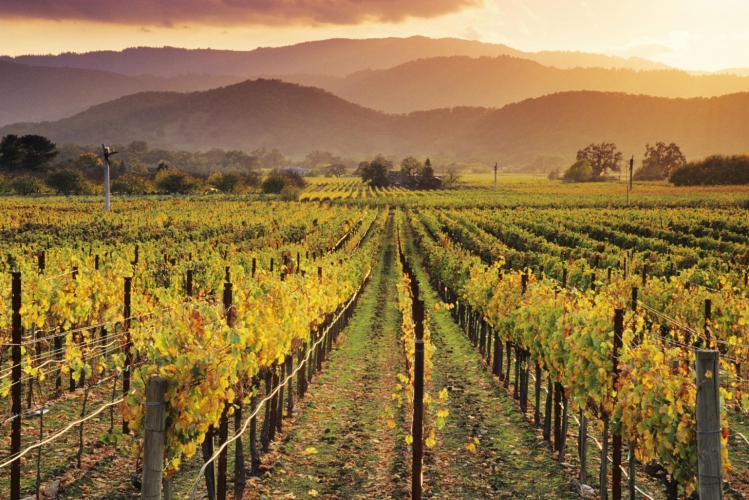
Napa, Sonoma vineyards get new rules erosion control
Jul 31, 2018 at 10:00am
Starting at the end of July, vineyards in the Napa River and Sonoma Creek watersheds will have to start documenting for regulators how they limit erosion into those waterways.
Over the last several years, the San Francisco Bay Regional Water Quality Control Board determined that adoption of waste discharge requirements were needed to better protect the Napa River and Sonoma Creek watersheds. As a result, the water board embarked on a lengthy process to do so, and in July 2017, the Water Board adopted a water quality control permit (general permit) for vineyard properties within the Watershed to reduce discharges of sediment, storm runoff and other pollutants from vineyard properties.
STEP 1: ENROLL YOUR VINEYARD
You will be required to enroll your vineyard property -- a parcel or continuous parcels under same ownership developed with a vineyard -- in the water board’s general permit program if it meets these criteria:
Five acres or larger.
Planted on less than a slope of 30 percent.
Planted on less than 5 acres where water board staff deems discharge(s) may affect water quality.
For existing vineyards, enrollment must take place by July 31. For existing vineyards within the 2017 wildfire perimeter, the enrollment deadline is extended to July 21, 2019. And for new vineyards, enrollment is required by the later of, one year prior to planting, or by July 31, 2018. Enrollment may be done electronically through the water board portal.
Permit fees will be established by the State Water Resources Control Board, and will be assessed after July 31, 2019. The fees will thereafter be assessed on an annual basis, based on planted acreage. The water board’s Fact Sheet published as part of the roll-out of the general permit states that “if a fee were required today, a typical vineyard would pay $1-$1.50 per planted vineyard acre, per year.”
WHY THE PERMIT
Why did the water board act? The water board found that vineyards and unpaved roads within the vineyards are sources of sediment and related adverse discharges. With one-sixth of Napa River and Sonoma Creek watersheds planted in grapes, vineyard activities were determined to be a potentially significant source of potential harm to the environment. In addition, hillslope vineyard parcels include many miles of unpaved roads, further threatening surface water, groundwater resources, and aquatic life.
As a result, the water board determined that a general permit approach would allow development of appropriate best management practices (BMPs) to mitigate further damage to and restore affected streambeds and nearby areas.
SELECT HOW TO REPORT PERFORMANCE
Finally, vineyard properties may select a particular tier (tiers 1, 2 or 3) when enrolling which will determine the scope of monitoring and reporting, and which will also inform the setting of the permit fee. For example, under tier 1, reporting will be required once every five years, with photographs required at particular monitoring points.
Under tier 2, annual reporting will be the norm, with photographic monitoring augmented by collecting information on streambed conditions and the effectiveness of the BMPs set out in the property’s farm plan.
Tier 3 is for farm plans developed independently, requirements include those above along with possibly higher permit fees. Group monitoring may be available through the Napa County Farm Bureau and similar organizations.
To learn more about these new rules regarding erosion control, visit their site here.
